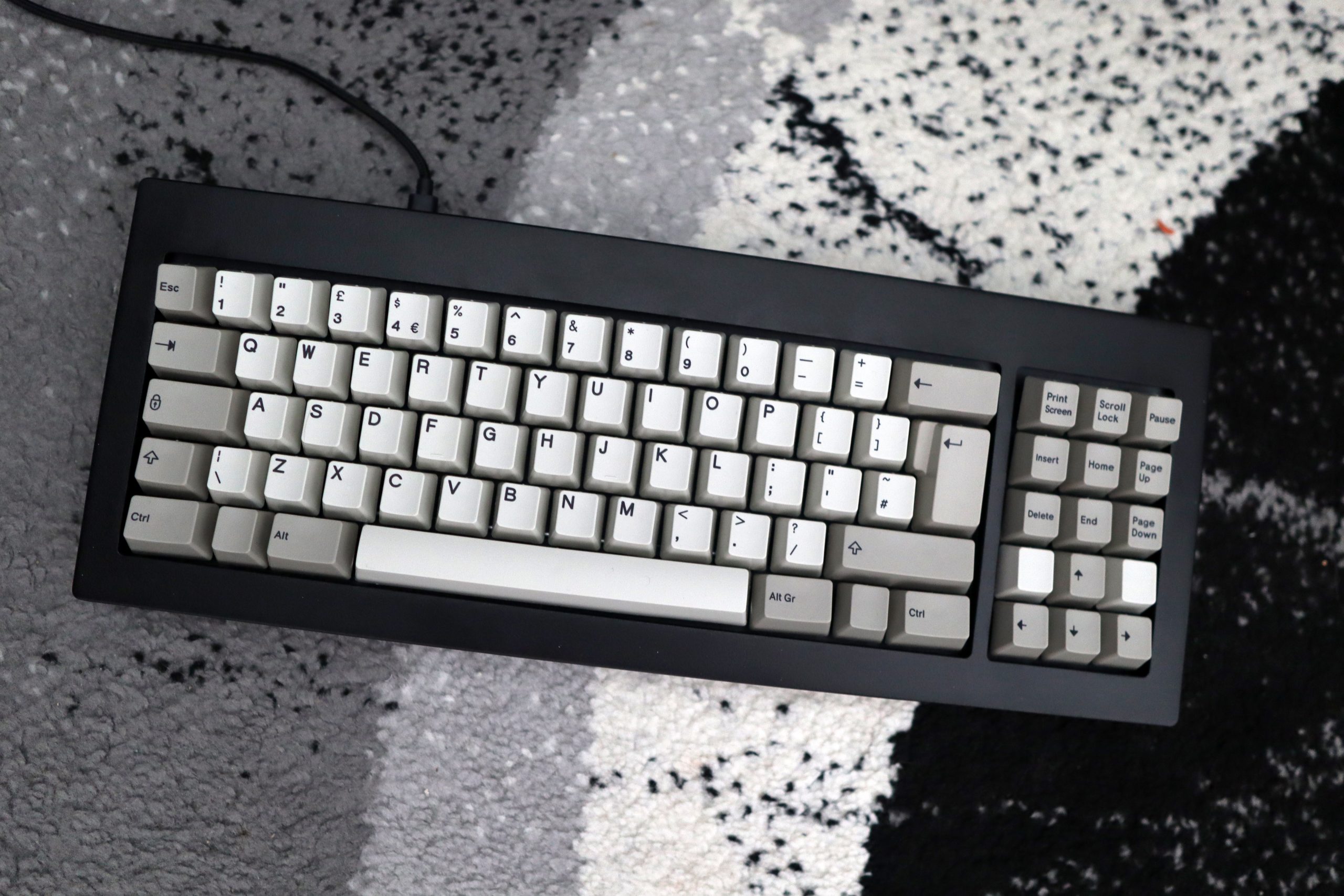As much as keyboard tech has moved on a lot in the last few years, there’s still been a quiet corner of the industry dedicated to the old school. Dig a little down the rabbit hole and you’ll find Unicomp, a manufacturer in Lexington, Kentucky comprised of old IBM and Lexmark employees who bought the IBM Model M’s tooling back in the 1990s. They’re still dedicated to making a variety of models of IBM’s legendary Model M ‘buckling spring’ keyboard that was first manufactured from 1985 to 1996, including the Mini M and 122 key terminal ‘boards.
Go a bit further though, and you’ll come across Model F Labs, a firm that has been dedicated to bringing to life a modern version of IBM’s buckling spring keyboard, the IBM Model F, which preceded the Model M in the early 1980s. I remember floating around on keyboard forums back in the day and seeing the crowd-funded origins of the Model F project, and six years later I’ve finally got one of these modern Model F recreations in front of me – and boy is it fantastic.
I’ll get into the reasons why this keyboard is so good in a moment, but it’s worth exploring the technicalities of buckling spring keyboards, and why people like them so much. They operate quite differently to your more standard issue mechanical keyboard switch, relying on a spring literally buckling against a plastic paddle beneath it; that paddle in turn presses against the PCB. This changes the analogue capacitance level, which is high enough that the firmware registers an input. That’s putting it in as basic terms as I can, and I barely understand it!
The thing is, what I’ve explained there is the Model F’s buckling spring system – it’s a tad different for the Model M. When the Model M was conceived in the mid-eighties, it was designed as a more ‘affordable’ keyboard to bundle with IBM personal computers and terminals of the time. As opposed to working on a capacitive plate with plastic paddles, the Model M’s springs work by pushing down on contact pads on a plastic membrane, completing the circuit. This elimination of the capacitive section of the mechanism is the sticking point for key feeling for a lot of enthusiasts, and it’s why a lot of them prefer the OG Model F, as opposed to the more common and readily available Model M, as well as a slightly lighter weighting.
The problem you’ve got though is that prices of these older keyboards have soared in the last couple of years, coinciding with both dwindling reserves of vintage keyboards and the boom in interest in mechanical keyboards generally, making these older IBM boards more desirable. Combine this with the difficulty of connecting these keyboards, which come with an old DIN connection with an XT/AT protocol that needs converting to modern USB standards, and the unfamiliar layout of a Model F XT, and for some it became a bit of a harder sell.
